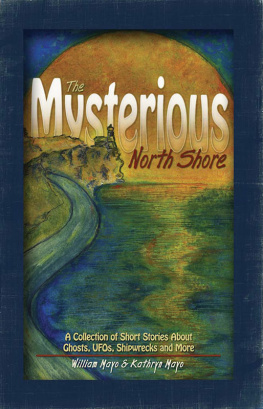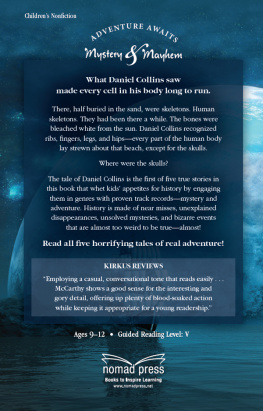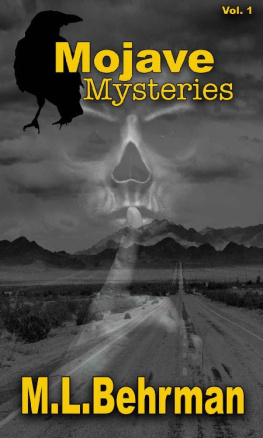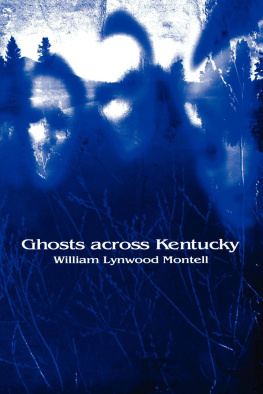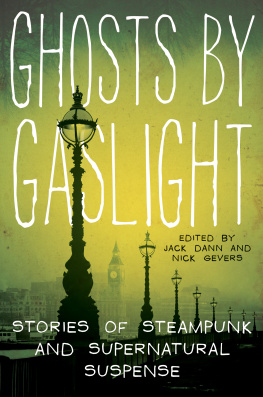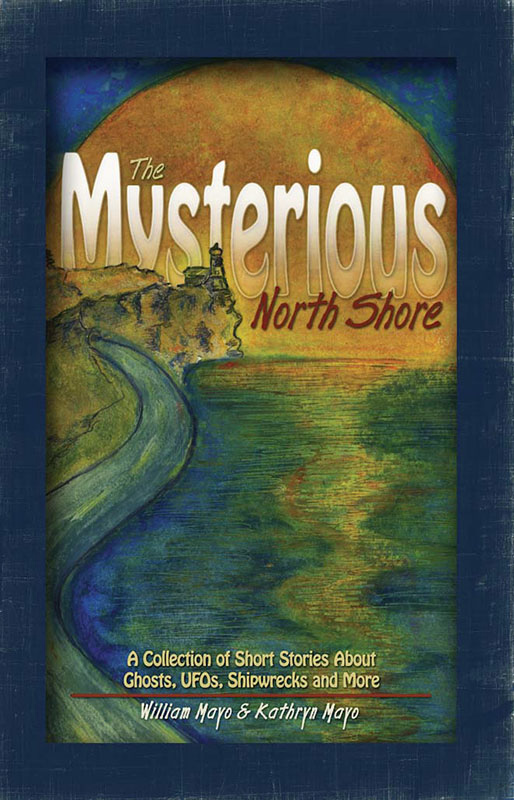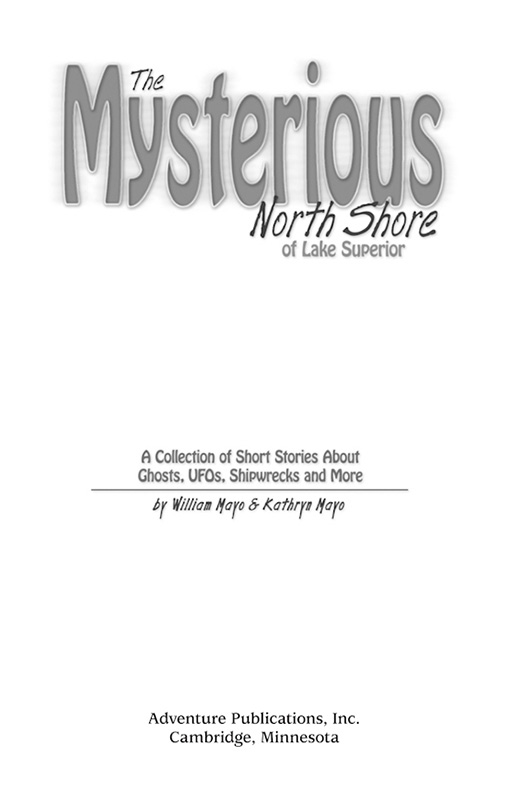ACKNOWLEDGMENTS
I would like to thank everyone who contributed their personal stories to be included here and all the many friends and acquaintances from the past and present who strongly encouraged the writing of this book. But mostly to my children, Melanie, Jessica, Kelsey, Kate, Brenna and Bill, who sustain my heart, give me courage and never let me forget whats important.
Bill
Reading together. We passed time this way on the couch, in the car, tent and just about anywhere you can imagine._We thought about bigger ideas and talked about grander possibilities._Dad, my three brothers, my sister and I traveled through time and space led by Moms fluid voice echoing the page. Then you and I filled all our spare minutes doing the same and now you are bringing the circle round again. Thank you, Johnny, my boy, for showing me the book that helped set the wheels in motion for this one.
Kathryn
Edited by Ryan Jacobson and Dan Johnson
Cover illustration by Bill Mayo
Cover and book design by Jonathan Norberg
Copyright 2007 by Bill Mayo and Kathryn Mayo
Published by Adventure Publications, Inc.
820 Cleveland St. S
Cambridge, MN 55008
1-800-678-7006
www.adventurepublications.net
All rights reserved
ISBN: 978-1-59193-143-0 (paperback)
ISBN: 978-1-59193-331-1 (ebook)
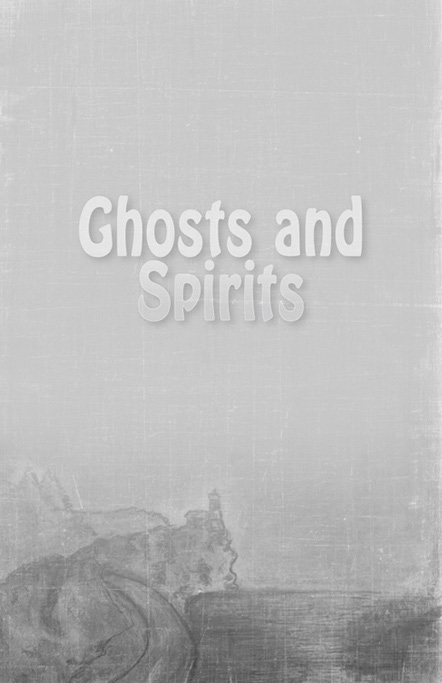
GHOSTLY SHIPMATES
O Captain! my Captain! our fearful trip is done;
The ship has weatherd every rack, the prize we sought is won;
The port is near, the bells I hear, the people all exulting,
While follow eyes the steady keel, the vessel grim and daring;
But O heart! heart! heart!
O the bleeding drops of red,
Where on the deck my Captain lies,
Fallen cold and dead.
Walt Whitman , Leaves of Grass
Ore boats have long histories. They plow up and down Lake Superior, many of them painted in the same rusty hue as the cargo they carry. They seem unremarkable, especially in the port cities where they come and go with regularity. Many of them, though, could tell stories of storms and struggles worthy of booksif only they could speak.
The American Victory is one such boat. Its a fitting name for the old ore freighter, though shes been called many others. In 1943, she entered military service as the Neshanic . Serving as an oiler, she participated in nearly every major battle in the South Pacific as Allied forces fought their way toward Tokyo. She served her country with honor, was decommissioned in 1945 and received nine battle stars.
In 1947, she was purchased by the Gulf Oil company and renamed the SS Gulfoil . She worked hard without mishap for more than ten years, but then disaster struck in August of 1958.
Sailing empty and outbound from Providence, Rhode Island, on her way to Port Arthur in Texas, the Gulfoil found herself near the mouth of Narragansett Bay, enveloped by a thick fog. Running blind, yet cruising nearly at full speed, the freighter was taken off guard by the sudden appearance of the MV S.E. Graham , fully loaded and carrying six hundred thousand gallons of fuel.
The crew aboard the Gulfoil spotted the Graham too late. Unable to steer clear of the Graham , the Gulfoil rammed her bow into the tanker, gashing a huge hole in her side. Gasoline poured from the Graham s wound, while sparks from the collision ignited the explosive cargo. Within seconds, both vessels were wrapped in fire.
Harbor tugs, naval firefighting units and Coast Guard vessels worked all day, through the night and into the following day to bring the fire under control. By the time the blaze was extinguished and the smoke cleared, the Gulfoil had lost seventeen souls out of a complement of thirty-eight. The Graham didnt lose a man, her crew having jumped ship moments after the impact.
The remains of the Gulfoil s captain, Eden Montrivell, were discovered on the ships bridgeindicating that he never left his post. Eight more bodies were recovered in the crews quarters, another eight were found floating in the sea. The bodies were all removed, though some of the Gulfoil s crew are said to still inhabit her today.
After Marine Board investigators found both ships at faultthe Graham for not posting a proper lookout and the Gulfoil for faulty navigation and excessive speedthe Gulfoil was moved to the Maryland Shipbuilding and Dry Dock company in Baltimore, Maryland, where she remained until 1960. It was then that the nearly gutted hull was picked up by the Pioneer Steamship Company, rebuilt as a Great Lakes bulk carrier and renamed the Pioneer Challenger.
A run-in with a submerged rock in Lake Erie cut her tenure with Pioneer Steamship Company short, but her next boss was Oglebay Norton Company, who named her the Middletown . It was during her forty-four years of hauling taconite pellets, from the iron ports of the north to the steel mills on the lower lakes, that stories of the paranormal began to surface.
I had the chance to interview a former Middletown crewman named Steve, who experienced several ghostly encounters firsthand. Any seaman will tell you that ship doors are tightly closed. Latches are checked and double-checked, especially in the potentially deadly seas of Lake Superior. So when doors began to mysteriously swing open, Steve knew that something was amiss. Unseen hands seemed to be at work. Perhaps the old crew and the new crew were crossing paths.
Over his remaining days and months aboard the Middletown , Steves encounters with the supernatural seemed to escalate. Strange, unnatural occurrences grew in frequency until one night he was awakened from a deep sleep. He was used to awakening in the middle of the night to a pitch-black cabin, but on this night he was able to make out the figure of a man looming over his bunk. The frightful sight snapped him to alertness, which was when he realized the figure was oddly luminescent. Unable to comprehend what he was seeing, Steve stared for a long moment at the glowing phantom, and slowly began to grasp that this was no living man. In that moment, the ghost melted away.
To this day, word around the ports of Lake Superior is that this boat carries more crew than is accounted for on the payroll. Yet despite these reports, the boat was sold in 2006 for nearly $120 million. She remains one of the fastest ore boats on the Great Lakes, and as she nears the end of a long career, she finally has a name reflecting her dignity: American Victory . Should you happen to see her on a trip across Lake Superior, look for the proud symbol of her earliest careerthe yellow World War II ribbons on her bridge wings. Wish her safe passage and remember those who lost their lives aboard her, those who visit her still in the nights shadows, loathe to relinquish their orders for a ship grim and daring.
SPACE BETWEEN: RITAS STORY
Somewhere over the rainbow
Bluebirds fly.
Birds fly over the rainbow.
Why then, oh why cant I?
E.Y. Harburg, Over The Rainbow
Whatever you believe about the nature of miracles, we ask that you consider this story: a story that is true, a story of home and of wishes granteda story of sleep and dreams, of love and longing. Ritas story.
We stopped by Roys farm one morning. Roy was a longtime neighbor of Bill. We had heard the news of his wifes death and wanted to check in on him. The first thing Roy said to me was, Sorry things are in such a state. Ive had a hard time since my wife passed away. Consumed with his grief, he put it out there in the open. Though we tend to painfully avoid the topic, it is a paradox that wont ever go away for any of us. It is so incomprehensible, how do you talk about ityet so vast, how do you not talk about it?

